Almost immediately after premiere of the new MacBook Air, speculations began about the specific hardware equipment, which the Apple representatives did not specify on the stage - specifically, it was not clear what processor is in the new Air and therefore what performance we can expect from it. Over the past few days, the dust has settled a bit, and now it's time to take another look at the processors in the MacBook Air and explain everything once again so that anyone interested in this new product can understand and make an informed decision whether to buy it or not .
Before we jump to the heart of the matter, it is necessary to look at both the history and the product offering of Intel in order for the text below to make sense. Intel divides its processors into several classes according to their energy consumption. Unfortunately, the designation of these classes often changes and therefore it is easier to navigate by the TDP value. The highest in this segment are full-fledged desktop processors with a TDP of 65W/90W (sometimes even more). Below are more economical processors with a TDP from 28W to 35W, which are found in powerful notebooks with quality cooling, or manufacturers install them in desktop systems where such performance is not needed. The following are processors currently labeled as U-series, which have a TDP of 15 W. These can be seen in most common laptops, except for those where there is really minimal space and it is not possible to install any active cooling system in the chassis. For these cases, there are processors from the Y series (formerly Intel Atom), which offer TDPs from 3,5 to 7 W and usually do not need active cooling.
The TDP value does not indicate performance, but the energy consumption of the processor and the amount of heat that the processor dissipates at certain operating frequencies. It is therefore a kind of guide for computer manufacturers who can get an idea of whether the selected processor is suitable for that specific system (in terms of cooling efficiency). Thus, we cannot equate TDP and performance, although one may indicate the value of the other. Several other things are reflected in the overall TDP level, such as the maximum working frequencies, the activity of the integrated graphics core, etc.
It could be interest you
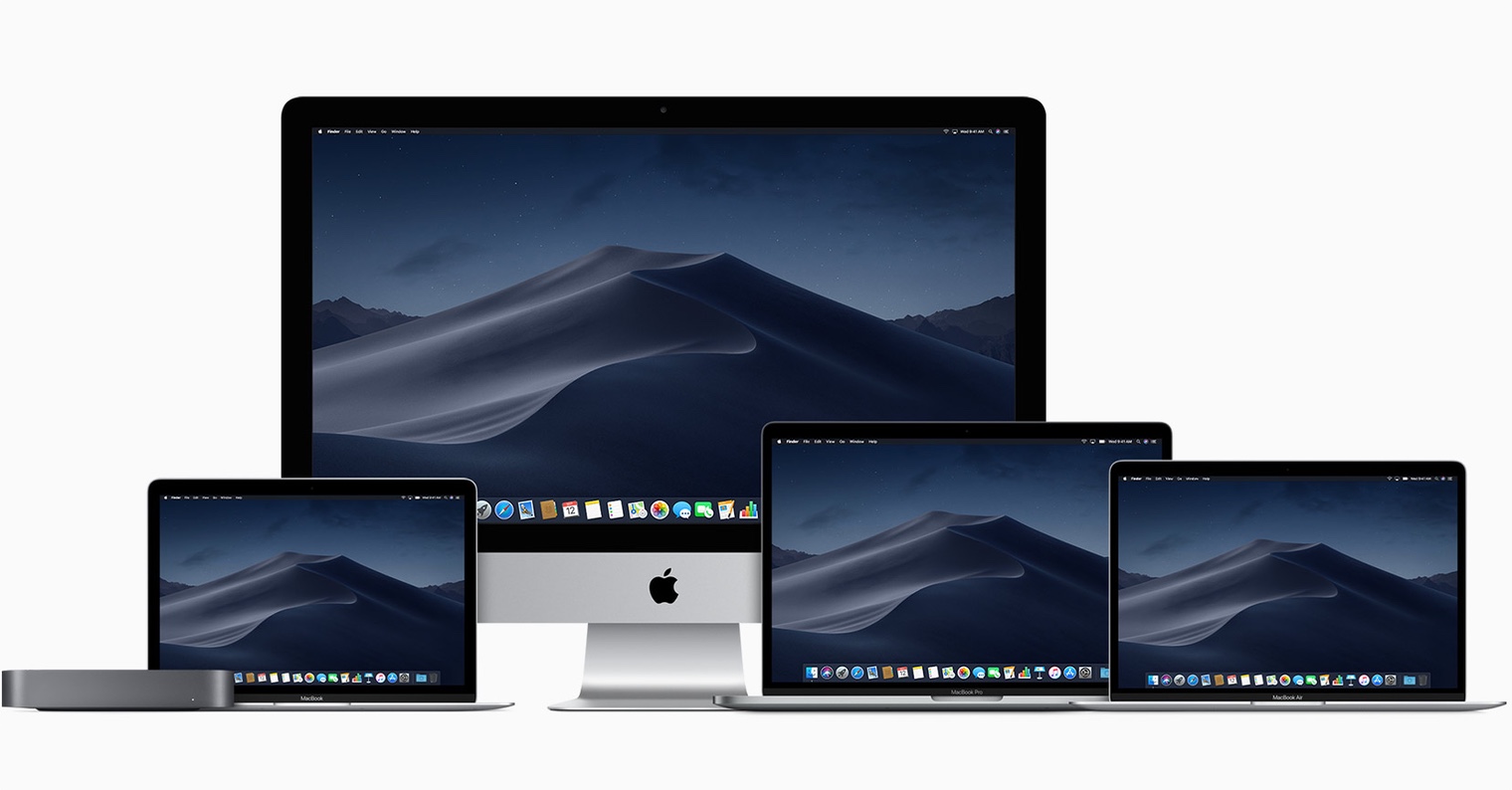
Finally, we have the theory behind us and can look into practice. A few hours after the keynote, it turned out that the new MacBook Air will have an i5-8210Y CPU. That is, a dual core with HyperThreading function (4 virtual cores) with operating frequencies of 1,6 GHz to 3,6 GHz (Turbo Boost). According to the basic description, the processor looks very similar to the processor in the 12″ MacBook, which is also 2 (4) core only with slightly lower frequencies (the processor in the 12″ MacBook is also the same for all processor configurations, it is the same chip that differs only aggressive timing). What's more, the processor from the new Air is also on paper very similar to the basic chip from the cheapest variant of the MacBook Pro without the Touch Bar. Here is the i5-7360U, i.e. again 2 (4) cores with frequencies of 2,3 GHz (3,6 GHz Turbo) and a more powerful iGPU Intel Iris Plus 640.
On paper, the above-mentioned processors are very similar, but the difference is their implementation in practice, which is directly related to performance. The processor in the 12″ MacBook belongs to the group of the most economical processors (Y-Series) and has a TDP of only 4,5W, with the fact that this value is variable with the current chip frequency setting. When the processor is running at a frequency of 600 MHz, the TDP is 3,5W, when it is running at a frequency of 1,1-1,2 GHz, the TDP is 4,5 W, and when it is running at a frequency of 1,6 GHz, the TDP is 7W.
At this moment, the next step is cooling, which with its efficiency allows the processor to be overclocked to higher operating frequencies for longer, i.e. to have higher performance. In the case of the 12″ MacBook, the cooling capacity is the biggest obstacle to higher performance, as the absence of any fan greatly limits the amount of heat that the chassis is able to absorb. Even if the installed processor has a declared Turbo Boost value of up to 3,2 GHz (in the highest configuration), the processor will only reach this level minimally, as its temperature will not allow it. It is for this reason that there are mentions of frequent "throttling", when under load the processor in the 12″ MacBook heats up too much, has to be underclocked, thereby reducing its performance.
Moving on to the MacBook Pro without the Touch Bar, the situation is different. Although the processors from the MacBook Pro without TB and the one from the 12″ MacBook are very similar (the chip architecture is almost identical, they differ only in the presence of a more powerful iGPU and other small things), the solution in the MacBook Pro is much more powerful. And the cooling is to blame, which in this case is many times more efficient. This is a so-called active cooling system that uses two fans and a heatpipe to transfer heat from the processor to the outside of the chassis. Thanks to this, it is possible to tune the processor to higher frequencies, equip it with a more powerful graphics unit, etc. In essence, however, these are still almost identical processors.
It could be interest you
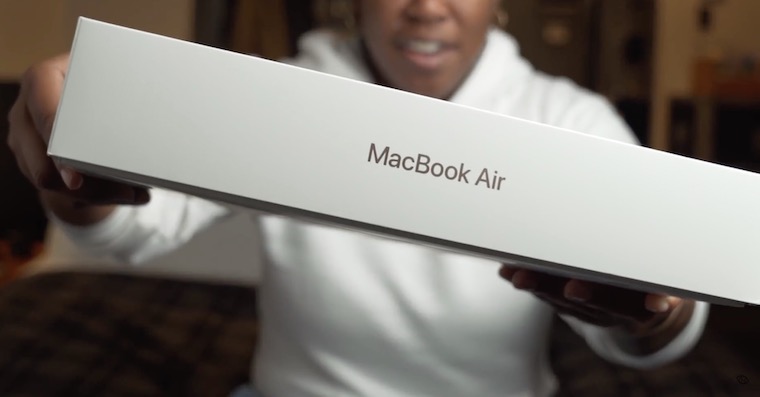
This brings us to the heart of the matter, which is the processor in the new MacBook Air. Many users were disappointed that Apple decided to equip the new Air with a processor from the Y family (i.e. with a TDP of 7 W), when the previous model contained a "full-fledged" processor with a TDP of 15 W. However, concerns about the lack of performance may not be misplaced. The MacBook Air – like the Pro – has active cooling with a single fan. The processor will thus be able to use higher operating frequencies, as there will be constant heat removal. At this moment, we are entering a somewhat unexplored area, as a laptop with a Y-series processor that has active cooling has not yet appeared on the market. So we have no information about how the CPU behaves in these conditions.
Apple obviously has the mentioned information and has bet on this solution when designing the new Air. Apple engineers decided that it would be better to equip the new Air with a potentially weaker processor, which, however, would not be limited in any way by cooling and would thus be able to work more regularly at maximum frequencies, than to equip it with a truncated (underclocked) 15 W CPU, whose performance might not be that much in the end higher, while consumption certainly is. It is necessary to take into account what Apple wanted to achieve in this case - primarily 12 hours of battery life. When the first tests appear, it can very realistically show that the processor in the new Air is only slightly slower than its sibling in the MacBook Pro without the Touch Bar, with significantly lower energy consumption. And that's probably a compromise that most future owners would be willing to make. Apple certainly had both processors at their disposal during the development of the new Air, and it can be expected that the engineers know what they are doing. Over the next few days, we'll see how much of a difference between a 7W and 15W processor really is in practice. Perhaps the results will still surprise us, and in a good way.
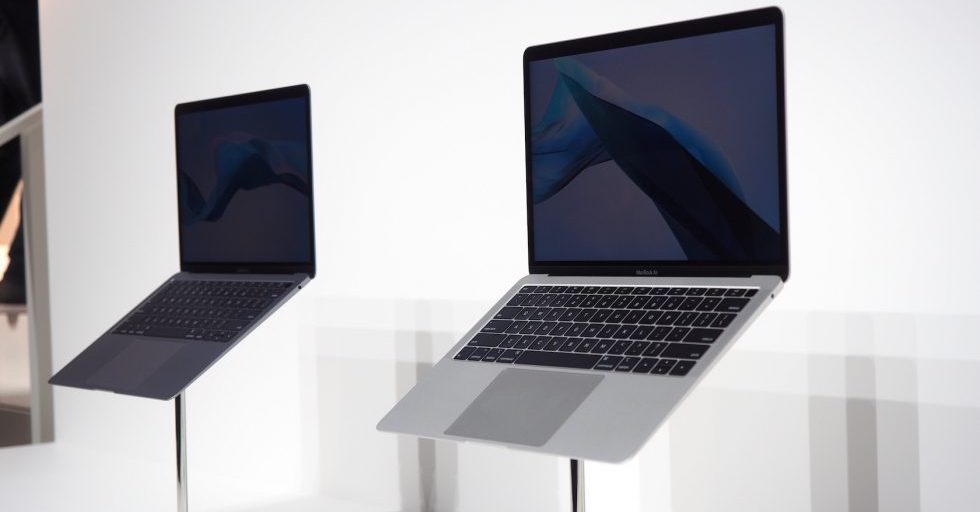
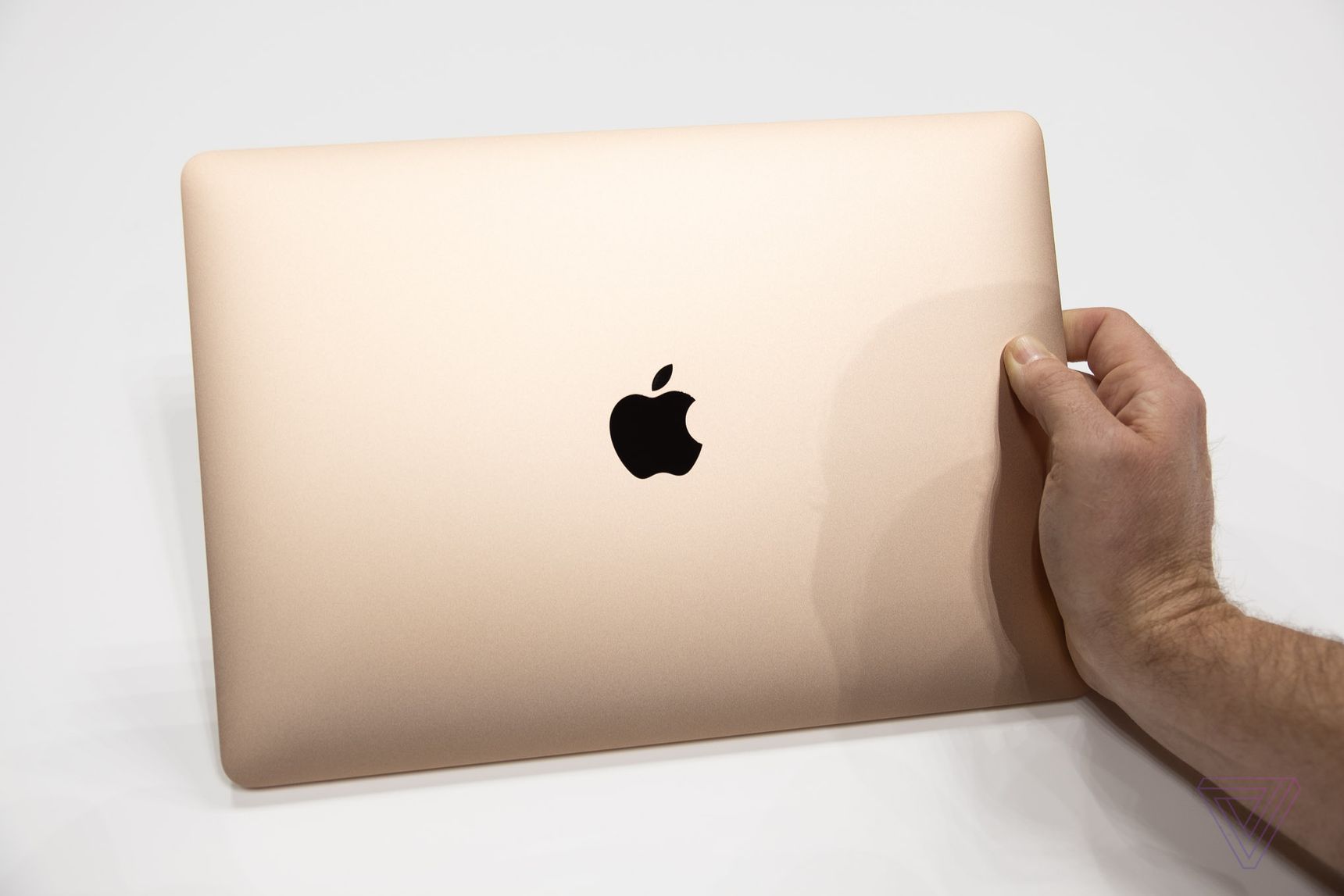
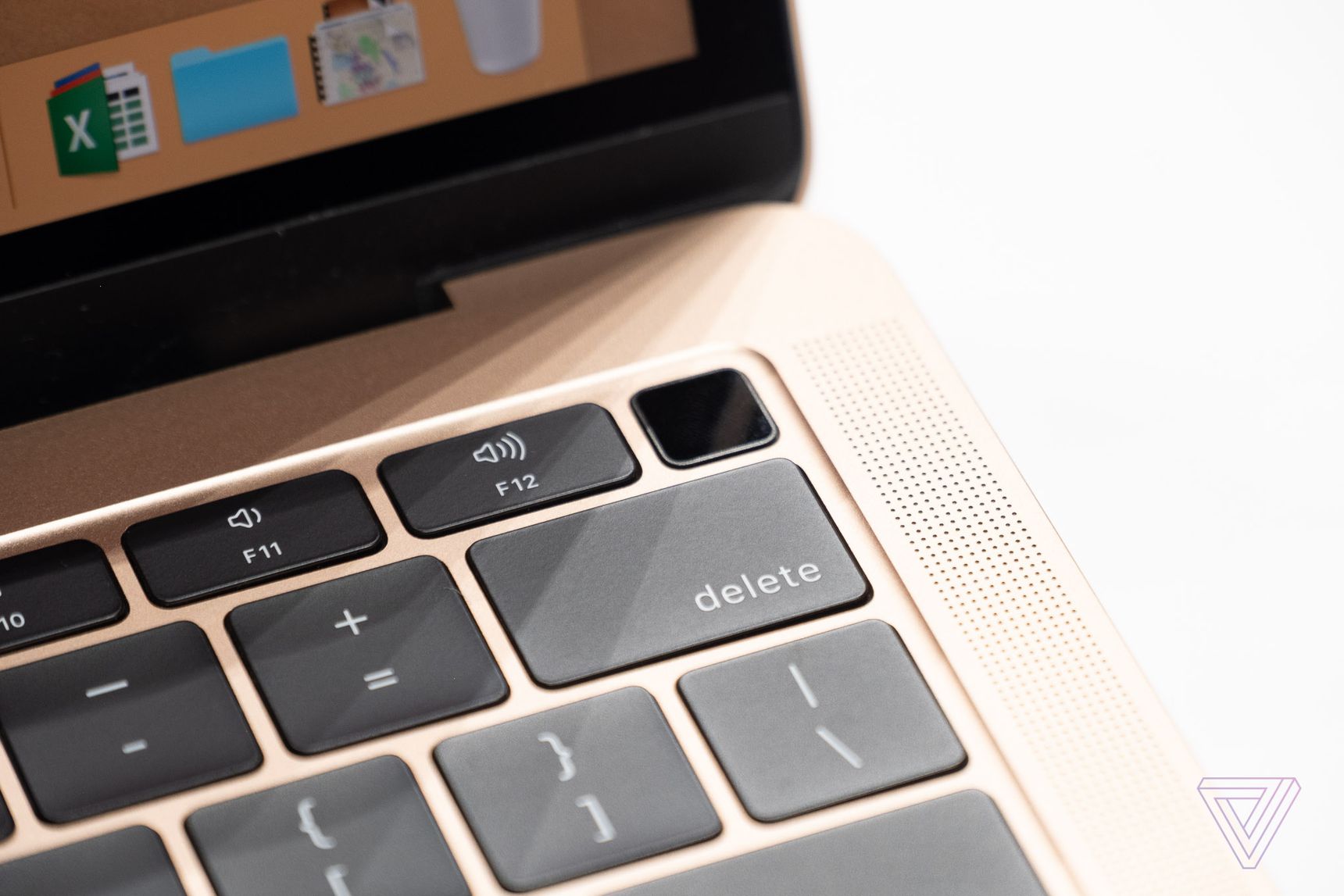

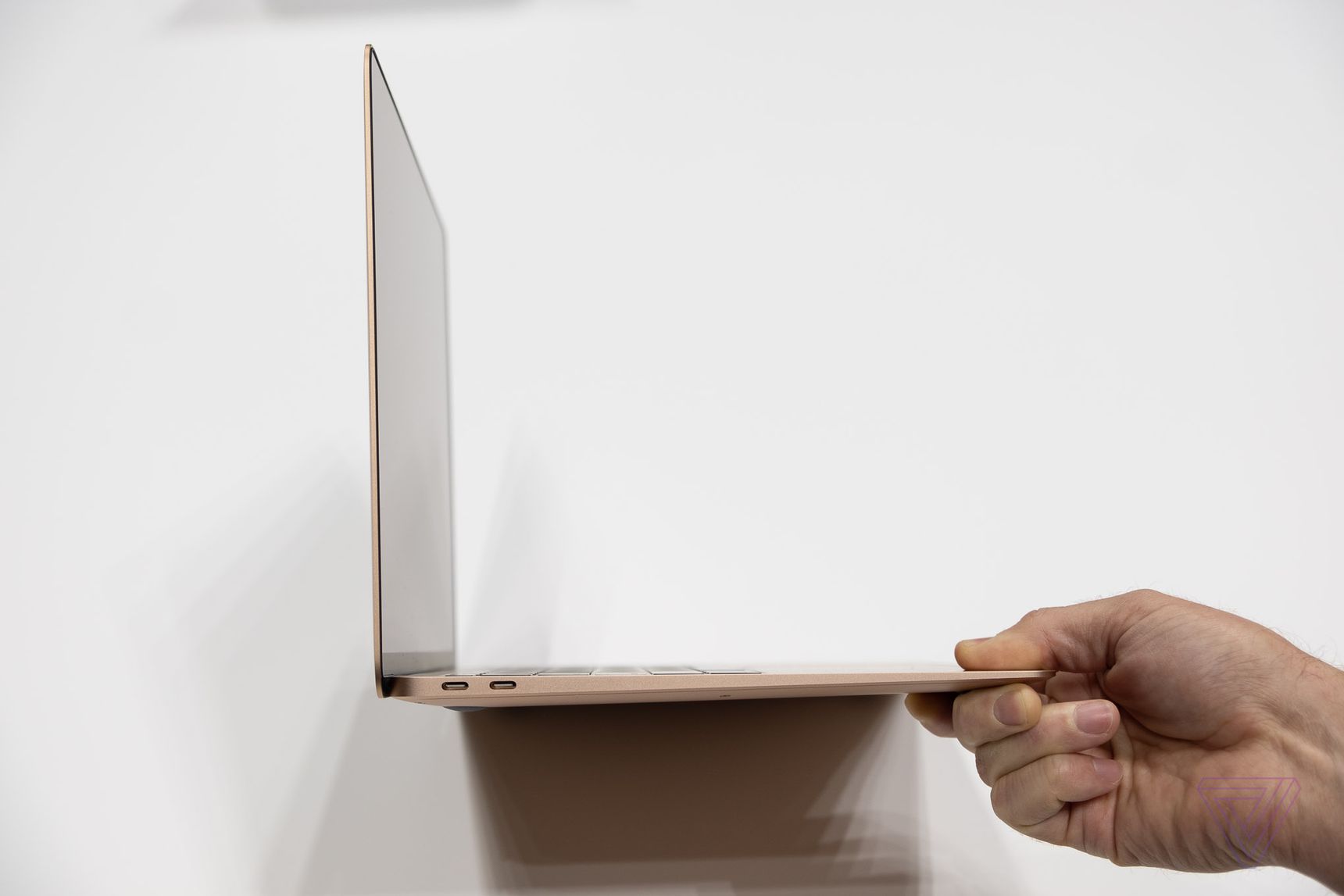
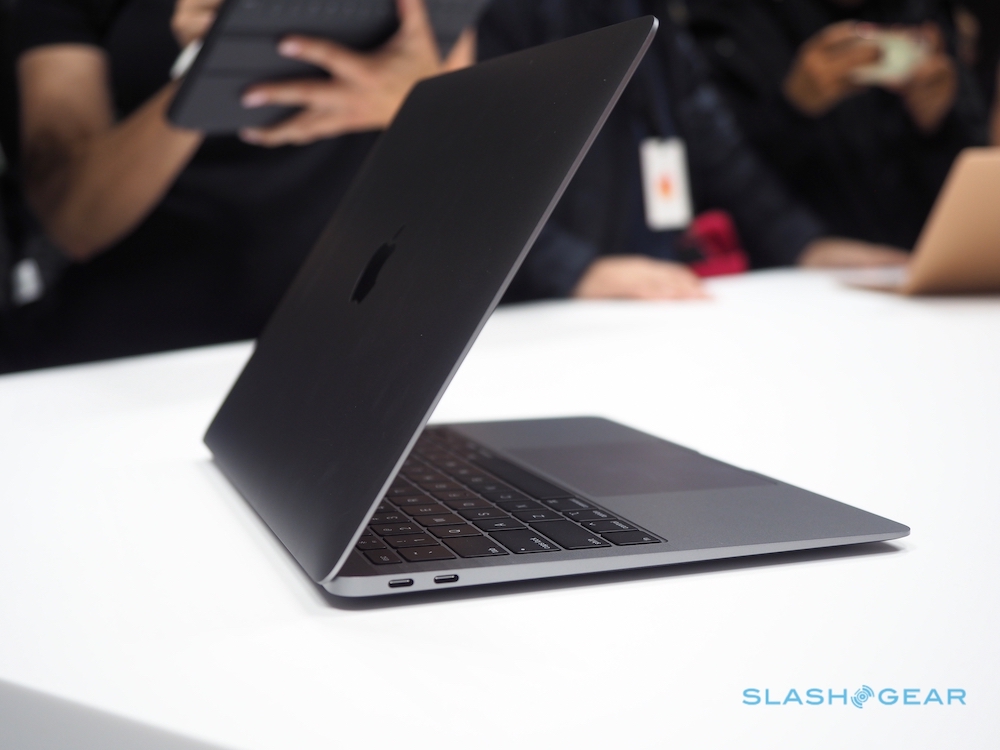
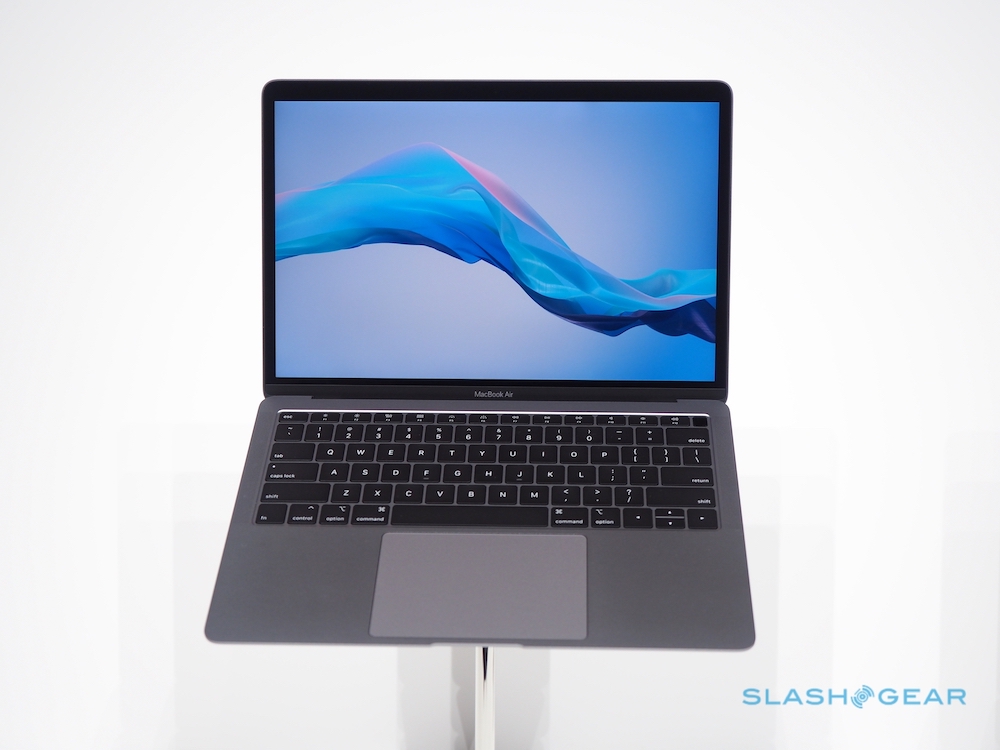

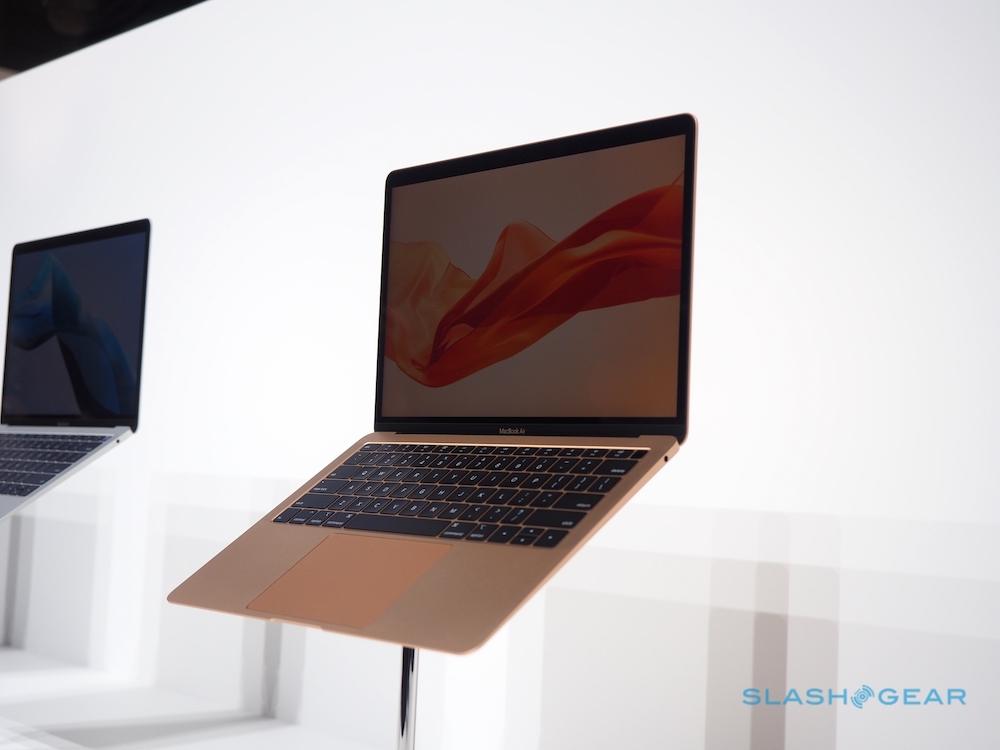
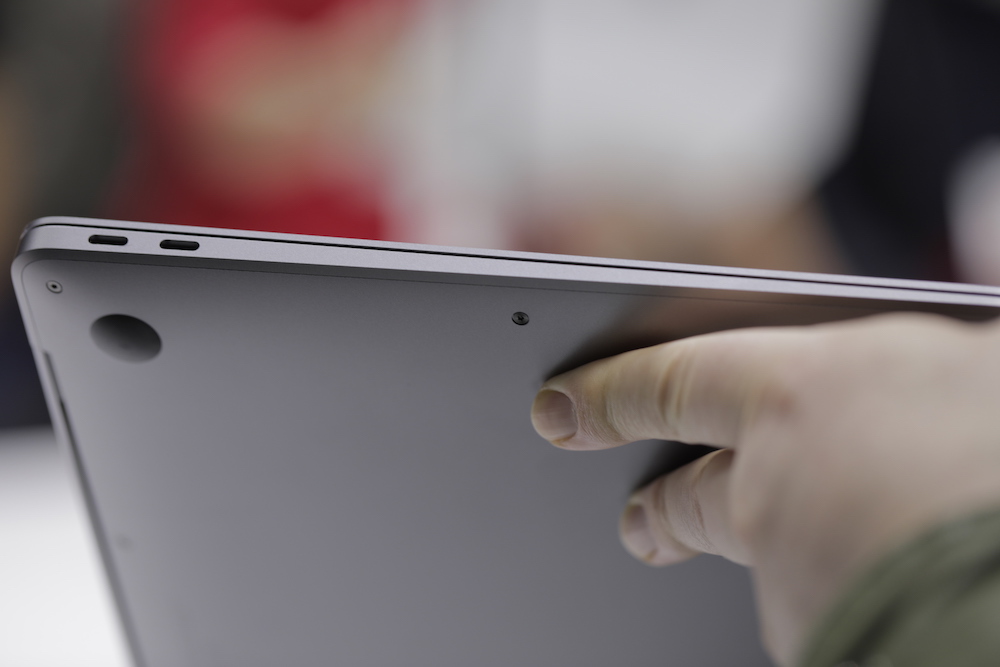
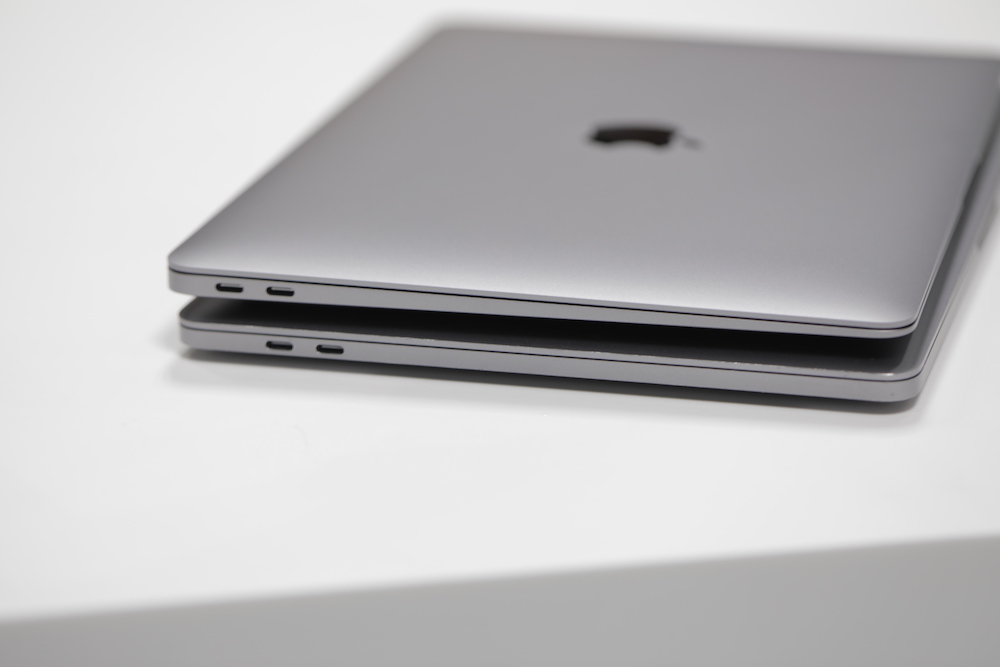
The stolen MacBook Pro 13″ in the version without touchbar does not have two fans.
I wrote something more or less similar to the article about how chaotic Apple's offer is. Simply put, the 12-inch Macbook is for people who want ultra-portability. It's practically the same as an iPad with a keyboard, except that typing is much better on a Macbook. Tax is low performance. But for writing, internet, video, it's perfectly fine, and it's also tiny. Higher performance, probably significantly, considering the cooling, larger diagonal, maximized endurance, usability in a larger number of applications, that's the new Air. There were people who even programmed on the old Air. The new one will probably be fine. And then MB Pro without and TB. More power again, according to air, worse endurance and worse portability. As everyone chooses. That is, anyone who wants to pay at least 40 for a wallet. Otherwise, I saw the old Air on Friday in iStyle in Brno for 24990. The version with a 128GB disk. But for me, the old Air is probably over. The display is really much worse. But it still has Mac OS and lots of ports. I like the new Air. with 512GB it will be good. And it lasts for years.
Finally a solid article. Thanks!
I confess that I did not take up the Apple MacBook Air offer. It's on the head. You can buy an i5 processor with 16 GB of RAM, but an i7 with only 8 GB of RAM. Frankly, buying a computer with less than 2018GB of RAM in 16 is a waste of money.
To write that a MacBook is an iPad with a keyboard is, in my opinion, nonsense. Unfortunately, the iPad isn't really a MacBook without a keyboard, even though I wish it was.
One important thing is missing here: the new Air doesn't have the horror called Touich Bar, but Fx keys!!!
Although, on the other hand, the keyboard seems to be (according to the photos, I haven't tried it yet, if it's a uniform keyboard surface with a slight lift and meaningless sensitivity) the same shit as the one on my MacBook Pro 15 with Touch Bar...